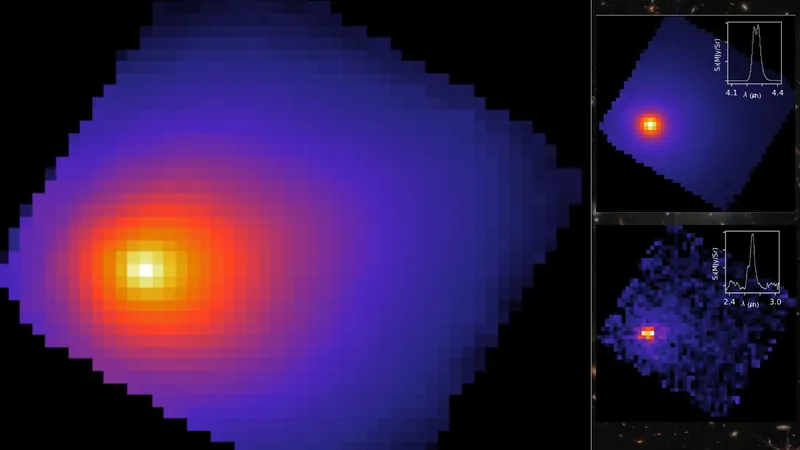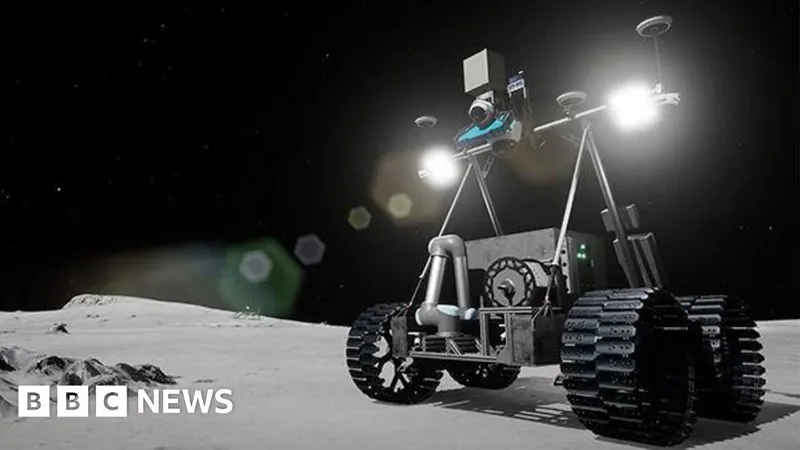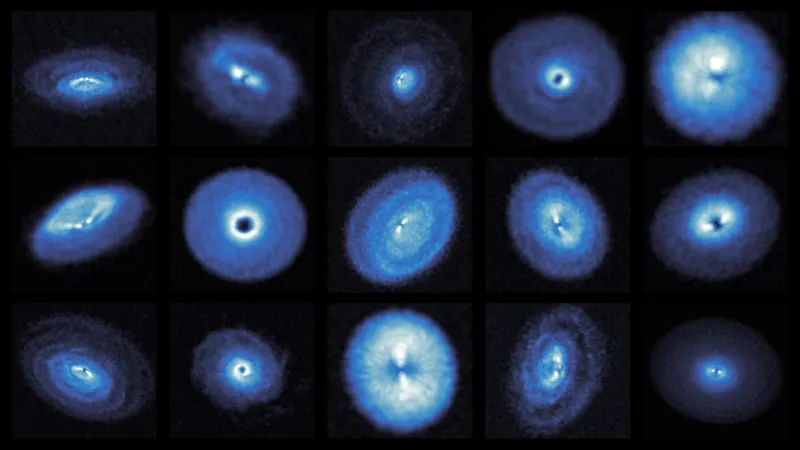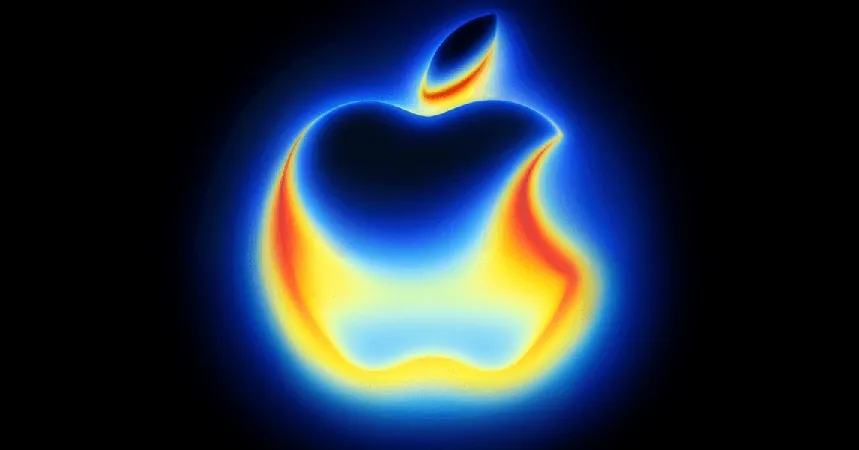
James Webb Space Telescope Unlocks Secrets of Interstellar Comet 3I/ATLAS
2025-08-26
Author: Michael
A Historic First Look at 3I/ATLAS
The James Webb Space Telescope (JWST) has made history with its inaugural observations of the interstellar comet 3I/ATLAS, capturing its extraordinary characteristics for the first time on August 6, 2025. This comet, which was discovered by the ATLAS survey telescope on July 1, is only the third known object from another star to drift into our solar system.
Tracing the Journey of Cosmic Wanderers
Following in the footsteps of renowned telescopes like Hubble and SPHEREx, the JWST aims to shine a light on the comet's size, physical attributes, and most importantly, its chemical composition. By studying 3I/ATLAS, astronomers can glean insights about the conditions in its home star system, comparing them to those that existed 4.6 billion years ago when our solar system was forming.
The Science of Outgassing
As 3I/ATLAS approaches the sun, it warms up, triggering a phenomenon known as 'outgassing,' where solid materials inside the comet sublimate into gases. This process creates the comet’s characteristic tail and coma. Using JWST’s NIRSpec instrument, astronomers have identified an array of gases in its coma, including carbon dioxide, water, carbon monoxide, and even the pungent carbonyl sulfide.
A Surprising Discovery: Carbon Dioxide Rich Comet
However, what shocked researchers was the unprecedented high ratio of carbon dioxide to water detected in the comet’s coma. This revelation may offer clues about the environment in which 3I/ATLAS formed. The high carbon dioxide levels suggest that its core may be inherently rich in this gas, potentially indicating exposure to radiation levels far exceeding those experienced by solar system comets.
The Carbon Dioxide Ice Line and Its Implications
The astronomers propose that such an abundance of carbon dioxide could mean that 3I/ATLAS originated from a region known as the 'carbon dioxide ice line' within its protoplanetary disk—a zone where temperatures dipped low enough for carbon dioxide to solidify.
Mystery of the Ice Core
Interestingly, the comet’s low water vapor levels suggest an insulating factor that inhibits heat from penetrating its icy core. This could explain the uneven transformation rates of carbon dioxide compared to water.
The Ancient Voyage of 3I/ATLAS
Adding to the intrigue, previous studies estimate that 3I/ATLAS is approximately 7 billion years old, making it the oldest comet ever examined—outdating our solar system by about 3 billion years. The comet's steep trajectory hints at its origin in the Milky Way's ancient 'thick disk' of stars, contrasting sharply with the younger 'thin disk' where our sun resides.
An Ongoing Cosmic Investigation
One thing is clear: the investigation into 3I/ATLAS is just beginning. As it journeys back into interstellar space, the JWST will continue to play a crucial role in unlocking the secrets of this ancient wanderer, promising to reveal even more about our universe’s mysterious past.









 Brasil (PT)
Brasil (PT)
 Canada (EN)
Canada (EN)
 Chile (ES)
Chile (ES)
 Česko (CS)
Česko (CS)
 대한민국 (KO)
대한민국 (KO)
 España (ES)
España (ES)
 France (FR)
France (FR)
 Hong Kong (EN)
Hong Kong (EN)
 Italia (IT)
Italia (IT)
 日本 (JA)
日本 (JA)
 Magyarország (HU)
Magyarország (HU)
 Norge (NO)
Norge (NO)
 Polska (PL)
Polska (PL)
 Schweiz (DE)
Schweiz (DE)
 Singapore (EN)
Singapore (EN)
 Sverige (SV)
Sverige (SV)
 Suomi (FI)
Suomi (FI)
 Türkiye (TR)
Türkiye (TR)
 الإمارات العربية المتحدة (AR)
الإمارات العربية المتحدة (AR)